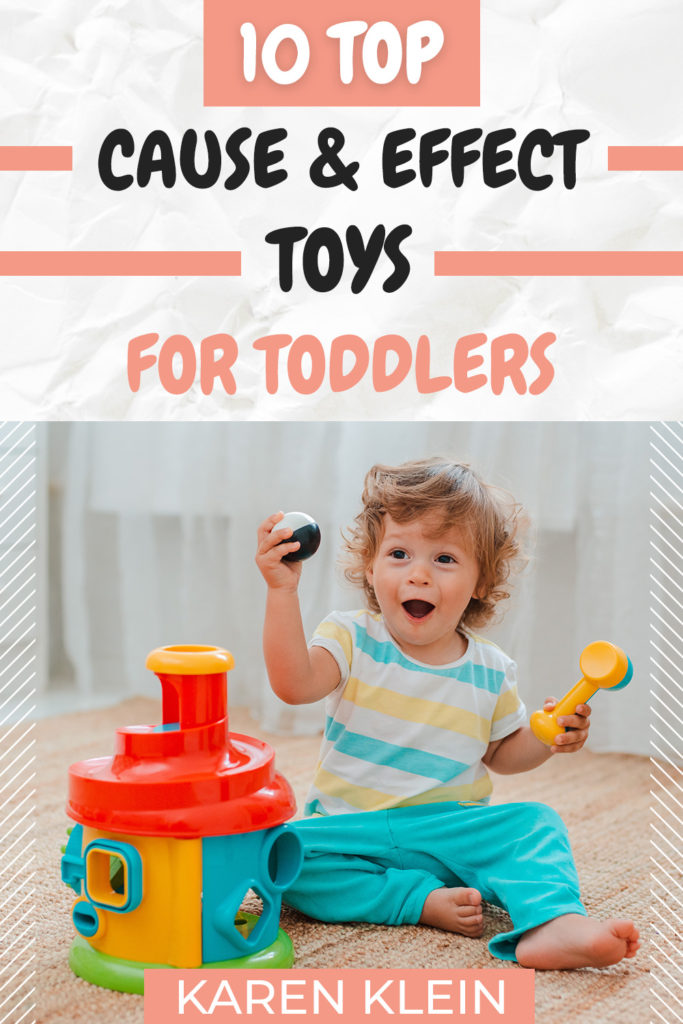
This page contains affiliate links meaning I may earn a commission if you use them. I only recommend products I use and honestly trust. For more info read the full disclosure.
Cause and effect toys for toddlers in our everyday life:
If you look around the playroom of your kids, there are chances that you’ll find more than a couple of cause and effect toys for toddlers. Indeed these toys are also favorites of younger children. They are the interactive toys your child wants to do something to trigger a complex response like sound, lights or movement.
Cause and effect toys teach kids that their actions can result in something happening. These toys also play a significant role in development. A vital aspect of development is a child understanding the impact of their actions on their surroundings. For instance a rattle that makes a sound when they shake it or a ball that falls through a hole after pressing it down teaches a child that they can change something in their environment. It enables a child to develop curiosity and attention.
Why cause and effect toys are important for child’s development?
It’s essential to develop cause and effect as your child understands that his behavior and actions lead to a response. This will help your child develop early communication and reasoning skills required to learn the connection between cause and effect.
It also plays an essential part in the development of language that comes before words. The ability of a child to communicate stems from the awareness that how his actions, or words, trigger a change. It is important for kids to recognize the relationship before they look at you, and point to the toy they want, or finally create a sentence to ask for it.
At what Age children learn about cause and effect?
Your child will learn the idea of Cause and Effect during the first year of life. It starts when babies understand that you will come when they call. When babies are 3-6 months old, they learn that when they cry, their parents or caregiver will comfort them, change them or feed them. Your child begins to understand at this age that his actions results in a parent’s answer. It gives your child the opportunity to learn that he can do things.
Teething isn’t always a cause, when babies place toys in their mouth. Placing toys in mouth and hands is a way for babies to discover their surroundings and is a vital part of the development of language. It enables your baby to explore different kinds of baby-safe toys and objects in various ways.
How to help your child learn about cause and effect?
There are some ways to help your kids to learn that phenomena:
- Encourage to play with toys that make noise or move when an action takes place.
- Reinforce the permanence of the item by making them drop a toy and pick it up.
- Help them pursue problem solving in their toddlers years by opening and closing the door or flushing the toilet.
- By encouraging them to press buttons and maybe sign up for a local music class, you can support and promote your child’s growth. They may be fond of experimenting with various instruments.
- Just wonder why the 12-month-old always drops things from their high chair? They understand that if they drop it, you’re going to pick it up. The more you pick it up, the more excited they will be to drop it and see it come back to them again.
- After reaching the age of 24 months, infants will attempt to wind up a doll, build a tower and knock it down, smash pots and pans and move a car to make it roll.
Activity ideas at home to promote cause and effect process:
I have listed a few of these below that you can work on at home with your child:
- Strike a table object and watch it fall to the floor or build a tower and knock it down!
- Switch on and off the light using either a light switch or flashlight.
- Turn on and off the water faucet.
- Shake bell or rattle.
- Hit the kitchen pot / pan with a wooden spoon.
- Have a big reaction, or imitate the gestures, noises and actions of child.
- Play with a sensory bin – fill in a tub of rice, water, beans, crumpled paper, leaves (or any other thing you have). Hear the sounds and feel the texture when you play with them. Fill a cup with an object and see as it falls out.
- Pull out your toy or blanket as you walk. Look how it’s trailing behind you.
- Open and shut the door or drawer with the handle.
Activities to build pre-academic skills in toddlers with cause and effect toys:
Here are some pre-academic skills to build into play time with this kind of toys:
Imitation: Imitation: You can say “do this” and then execute an action with the toy you want your child to mimic (e.g. “beat the drum”).
Turn Taking: Using the toys to allow the child to take turns with you (e.g. parent pushes car to child, child pushes car to the parent).
Color Matching: do practice matching like colors together.
Color Identification: point to a color and ask your child to spell out the color name orally. If your child is non-verbal, tell a color and then ask your child to find that particular color and point it out.
Counting: practice counting both forwards as well as backwards with your child.
Number Recognition: Point to a number and then ask your child to pronounce the number name verbally. When your child is non-verbal, say a number and then ask your child to locate the particular number and point it out.
Top 10 Cause and effect toys for toddlers
FINALLY, here are top 10 cause and effect toys for toddlers:
Dimpl Baby Toys
I hope you enjoyed this article. Please subscribe to receive new articles HERE.

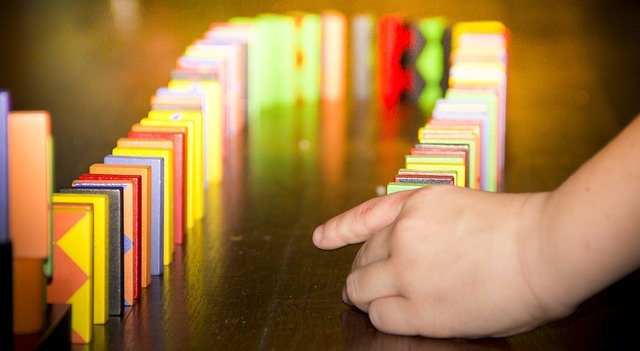


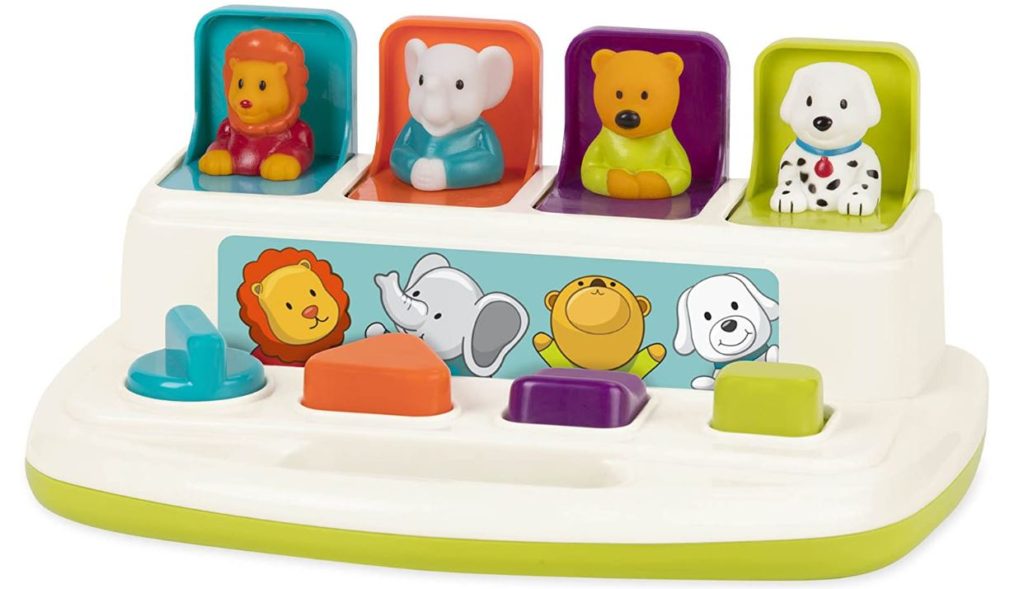
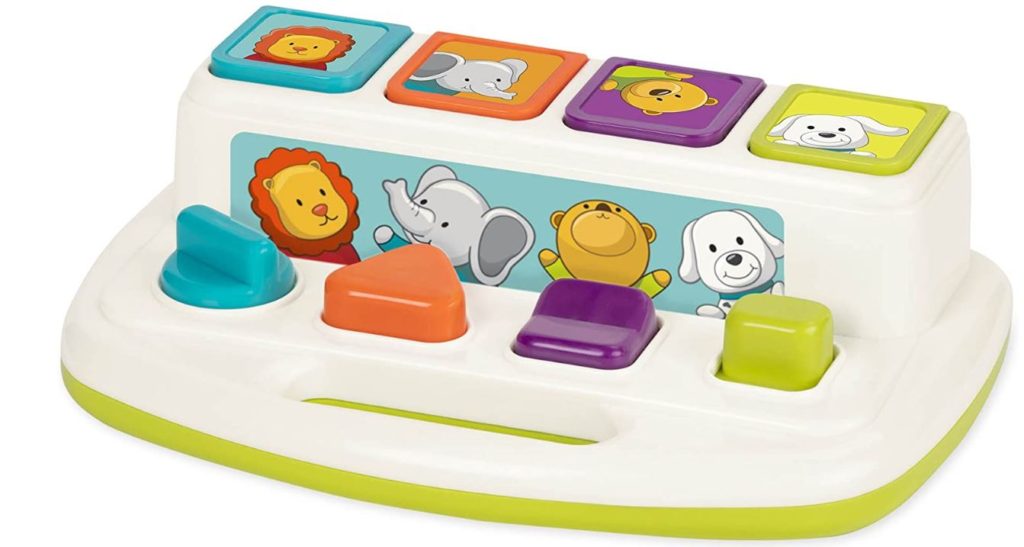
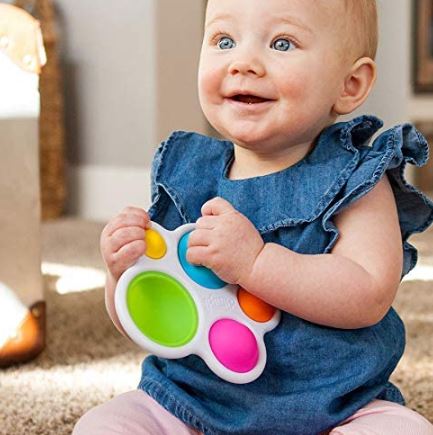


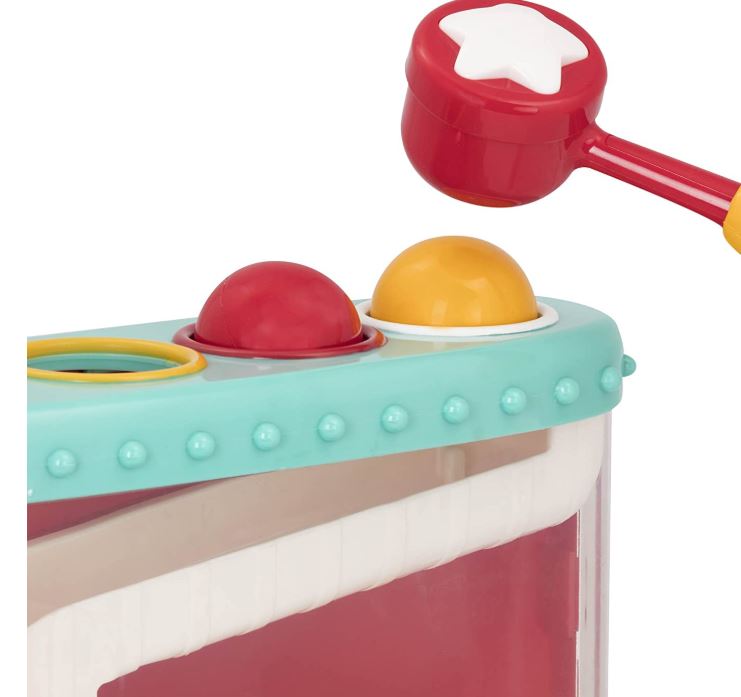
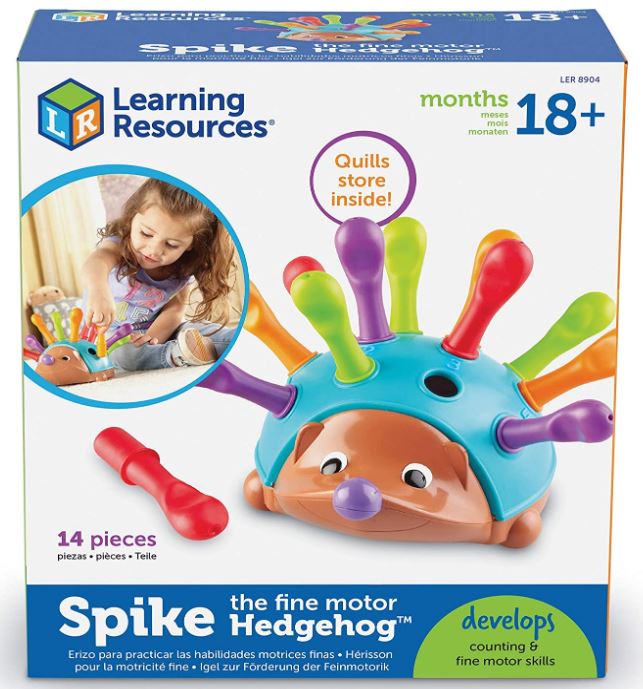
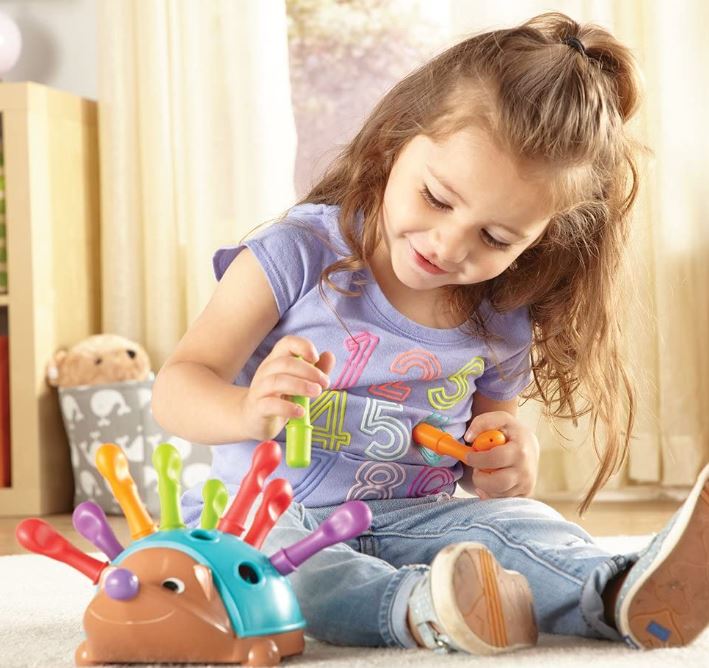
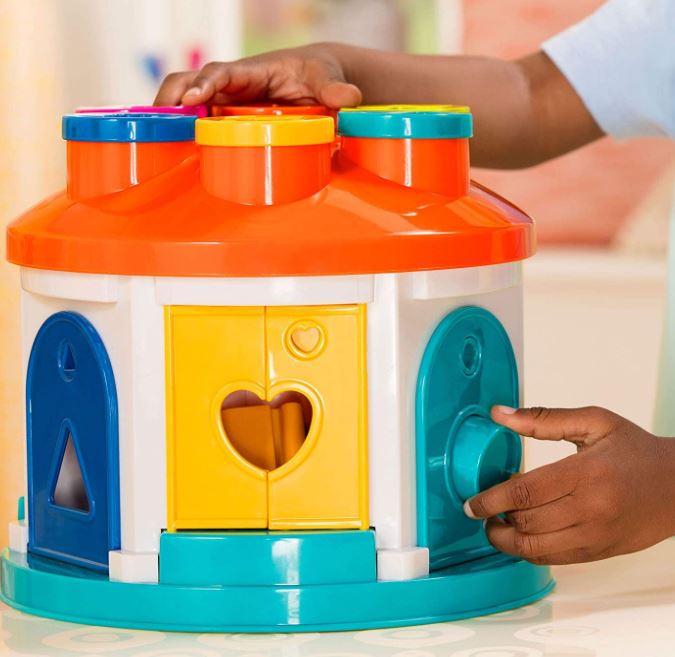
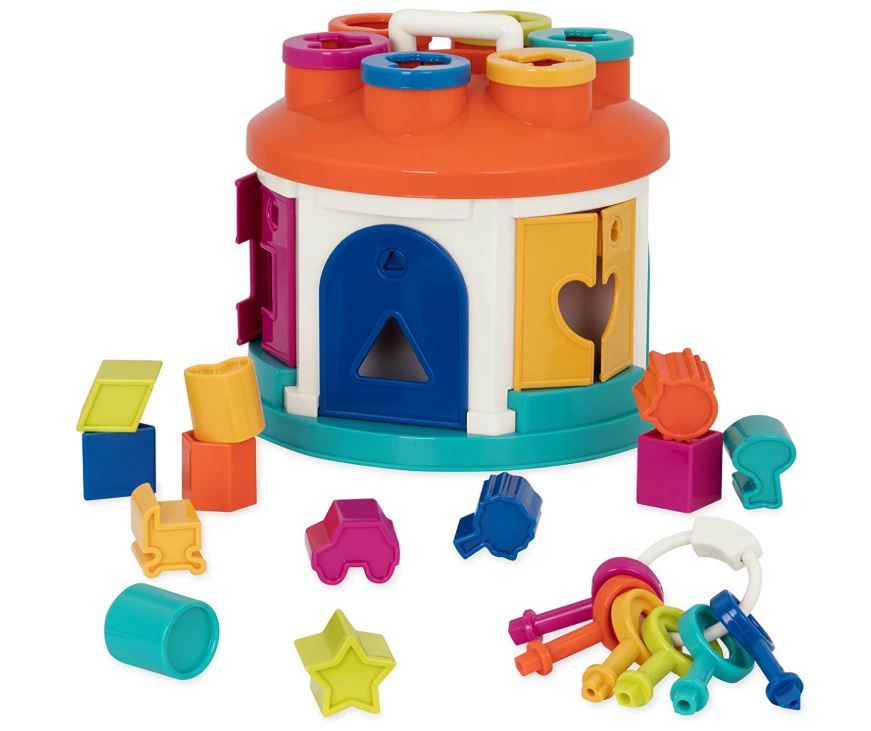

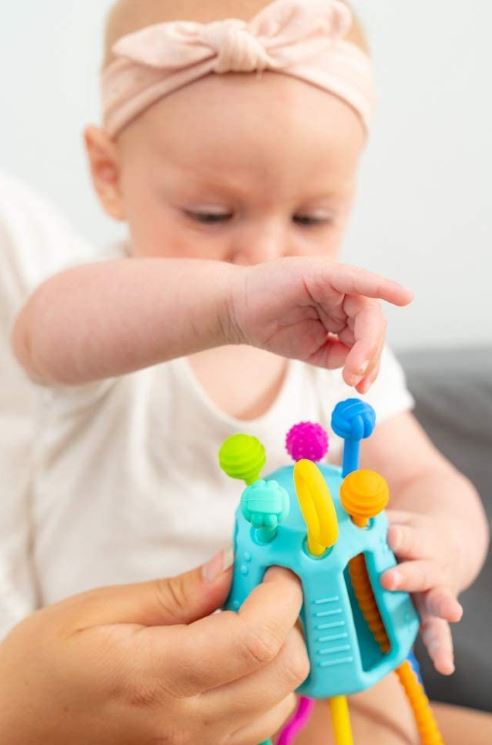
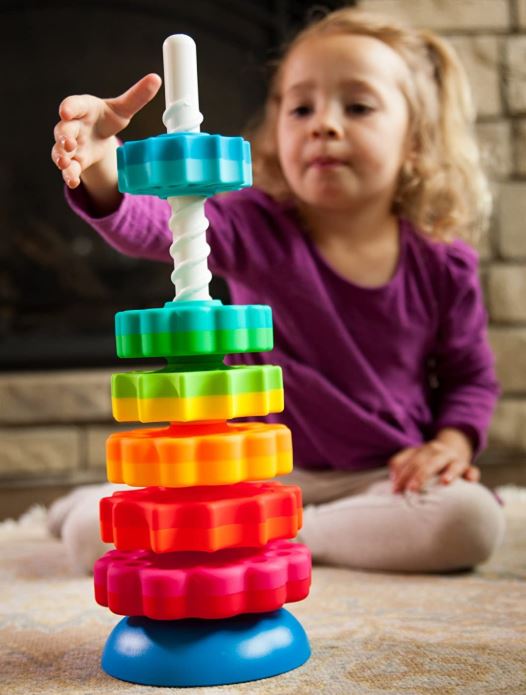


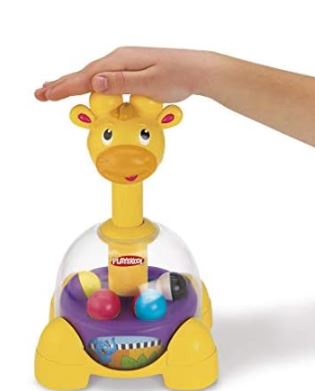
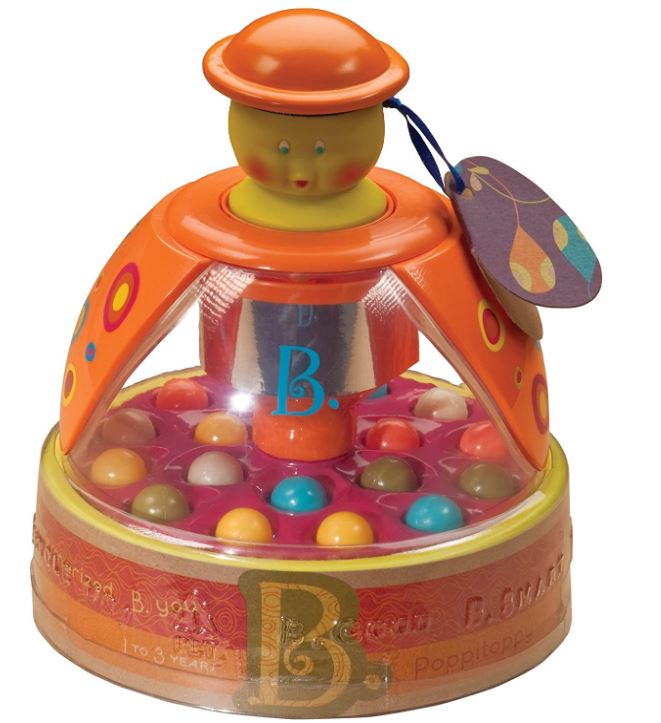

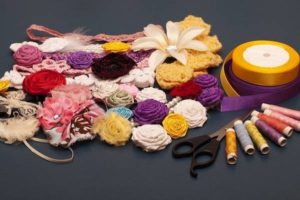
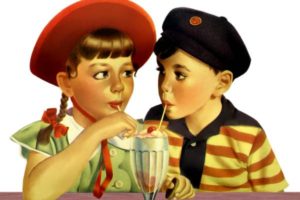
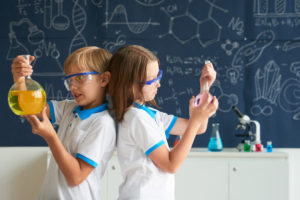
These toys really go a long way in a child’s development! When my son was little, he really loved to play with all these toys.